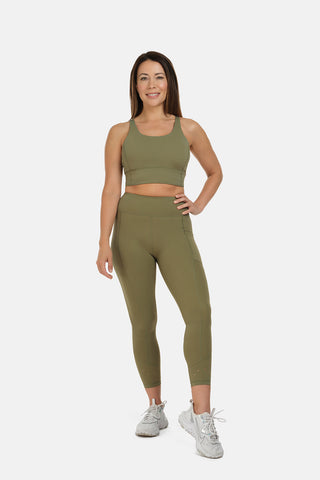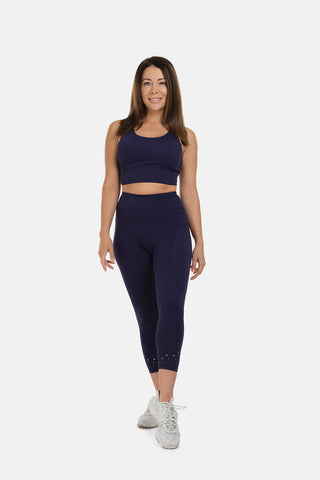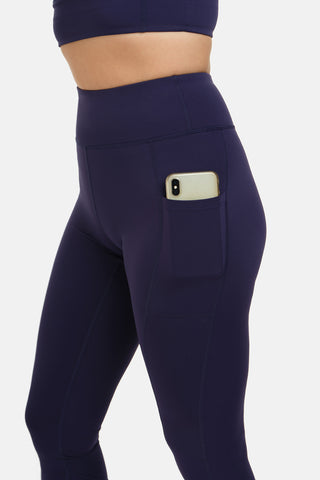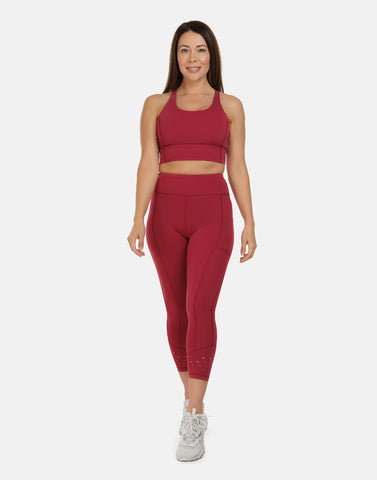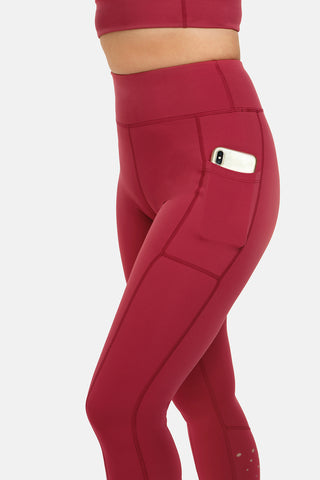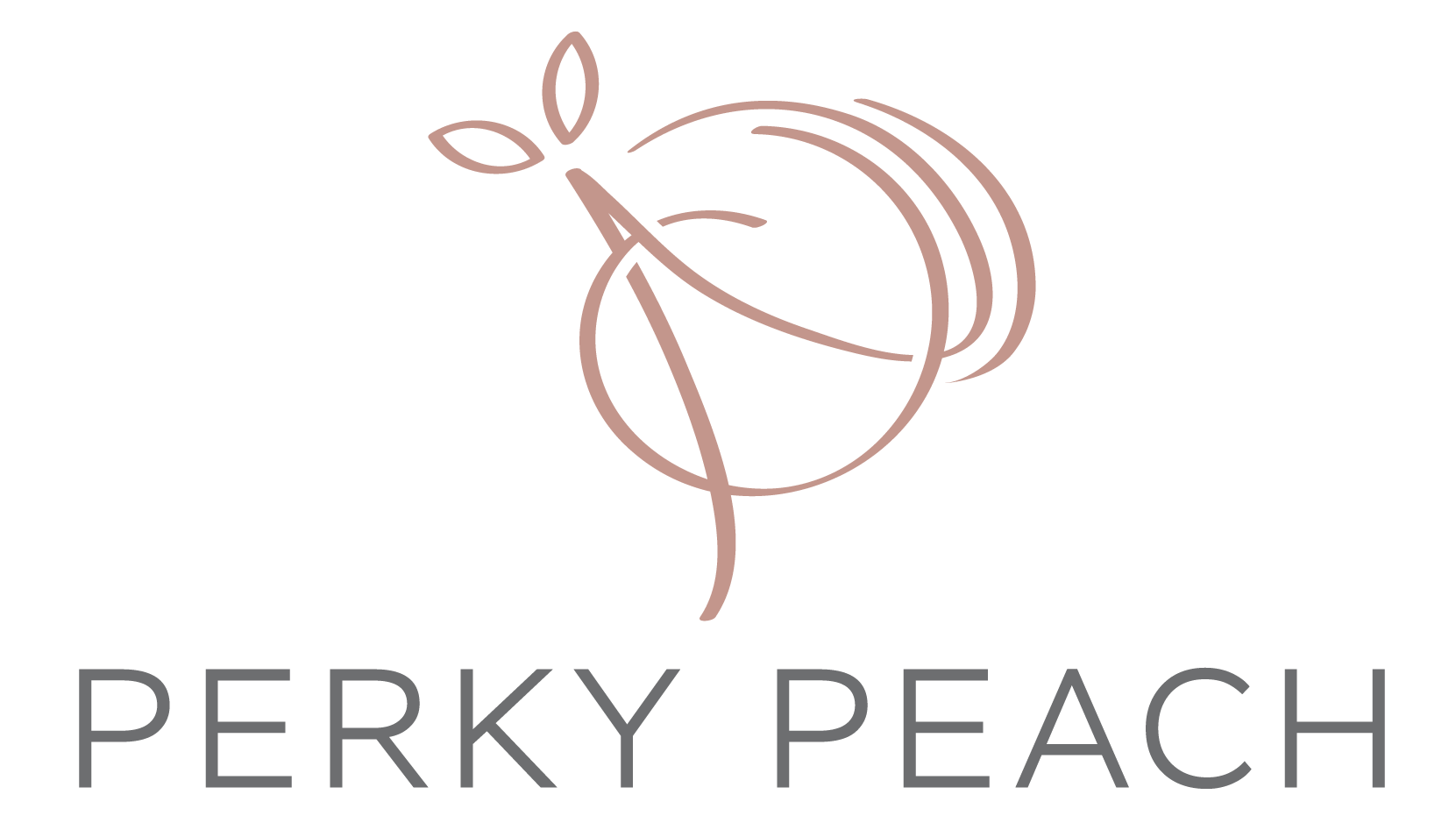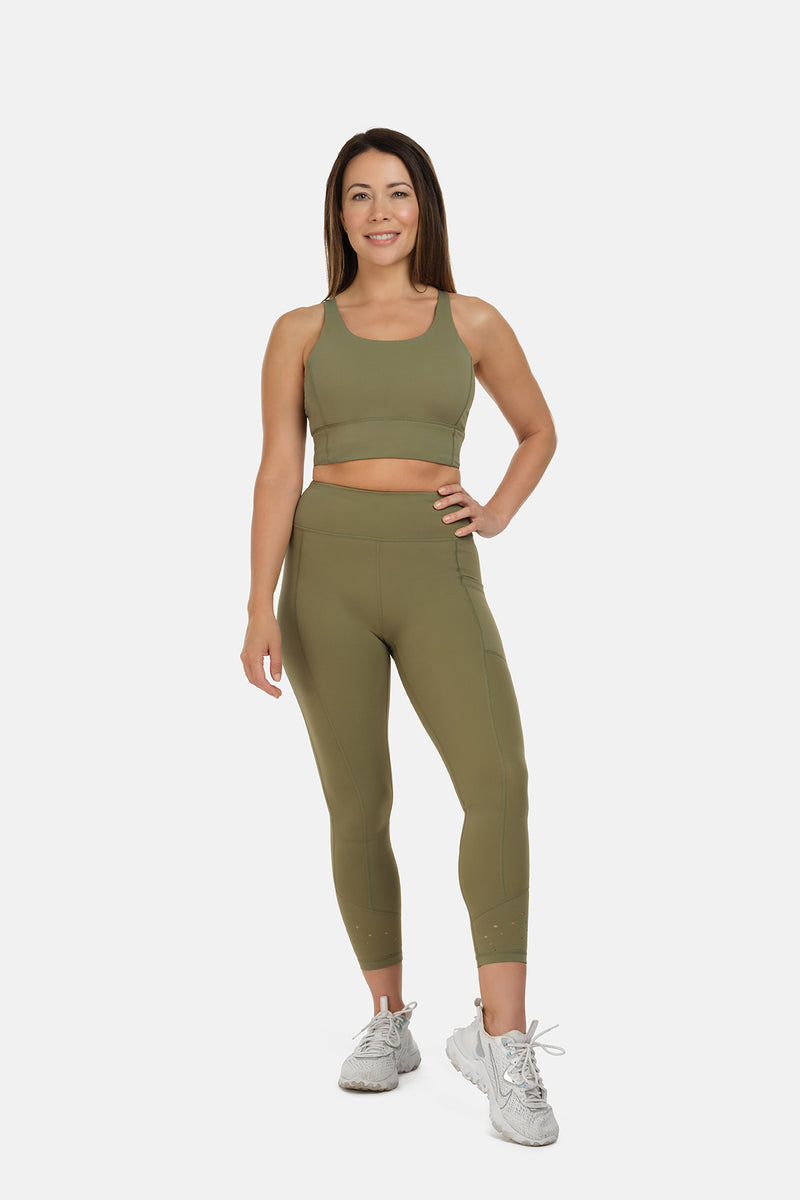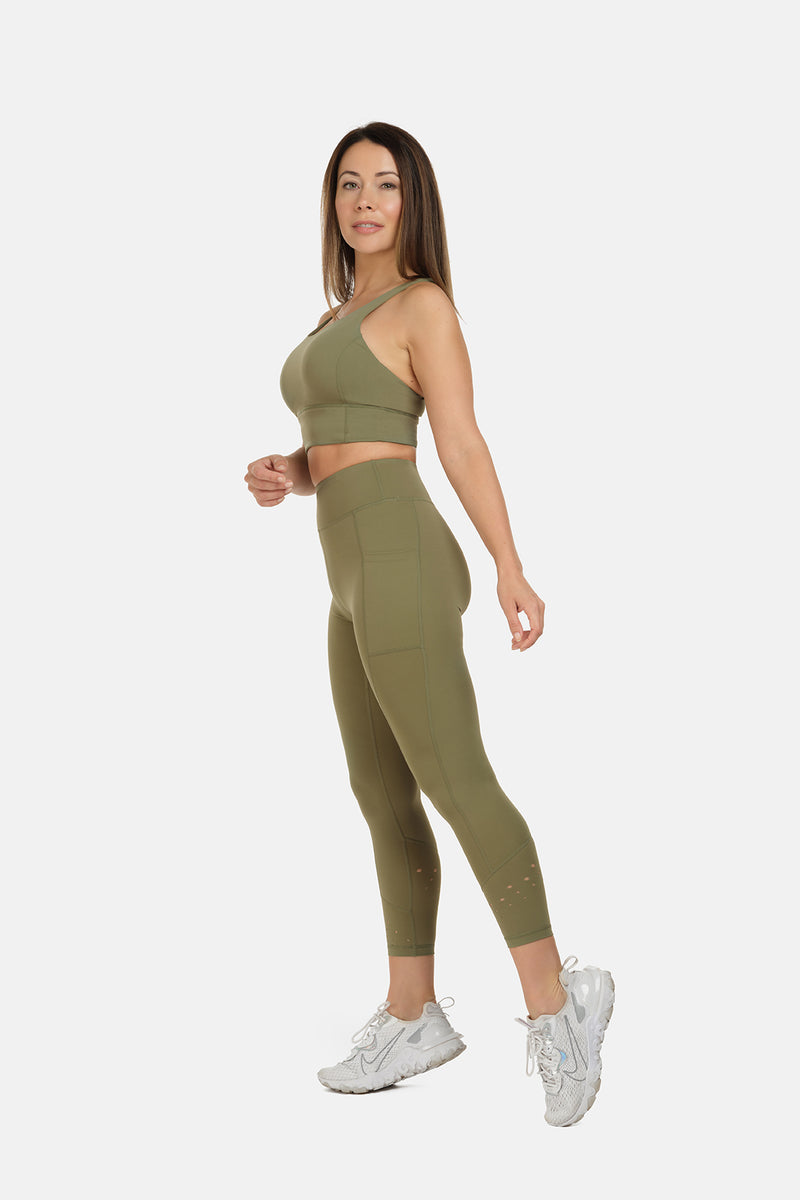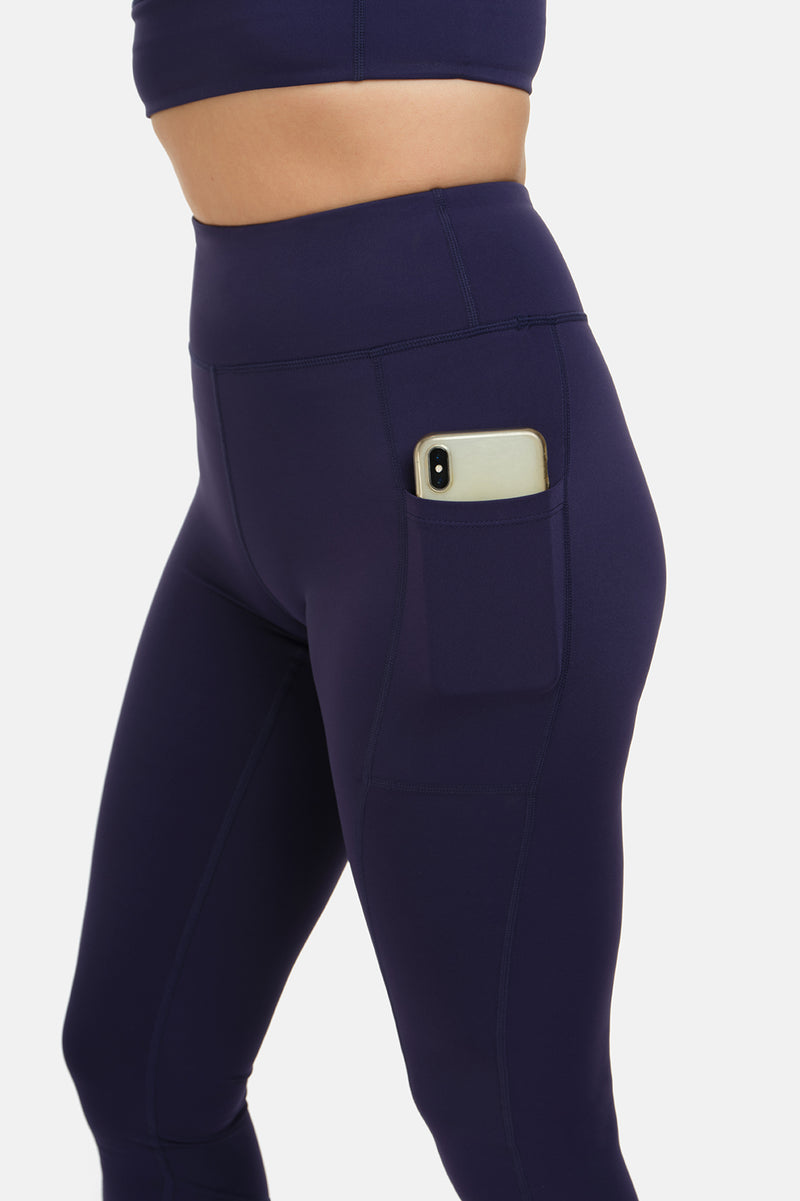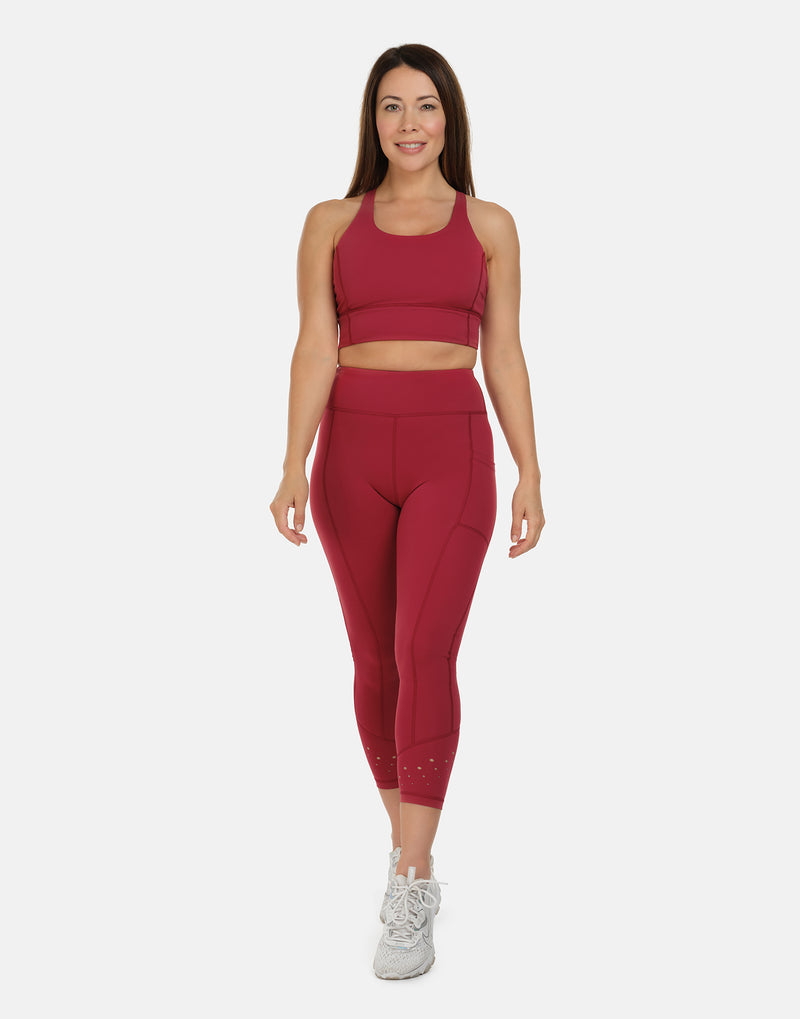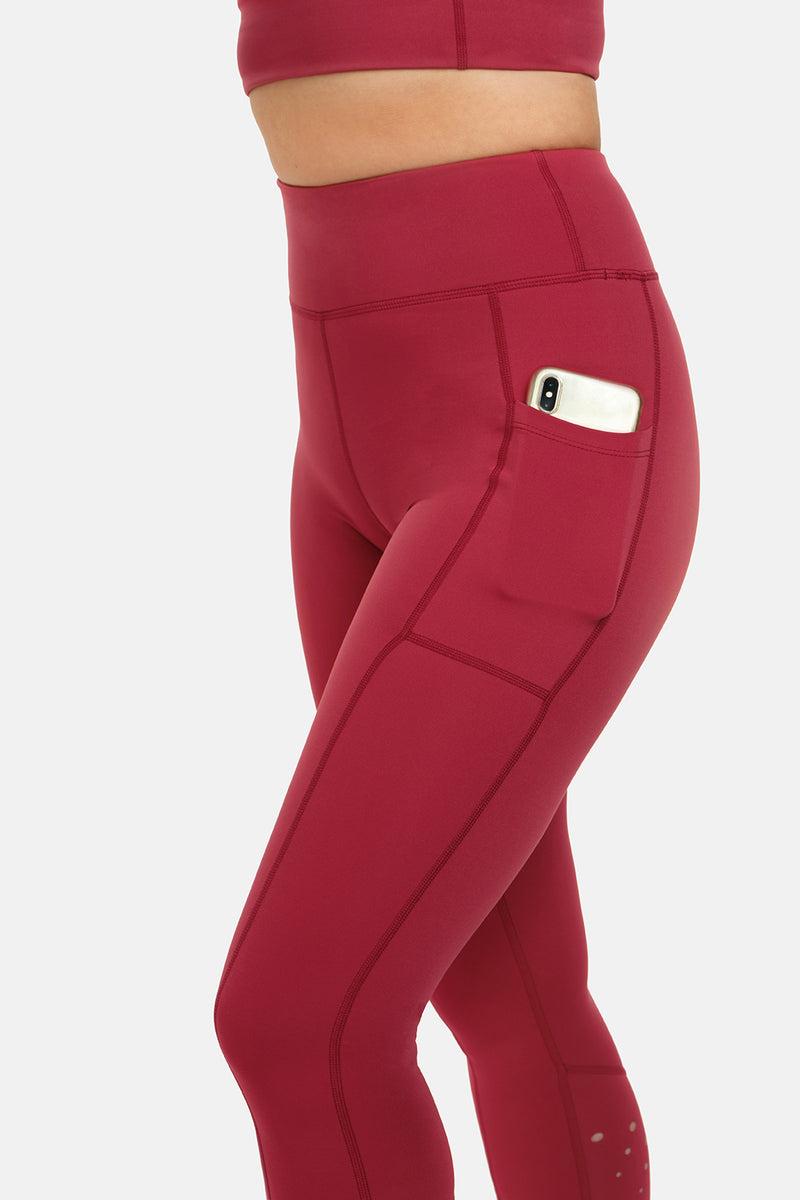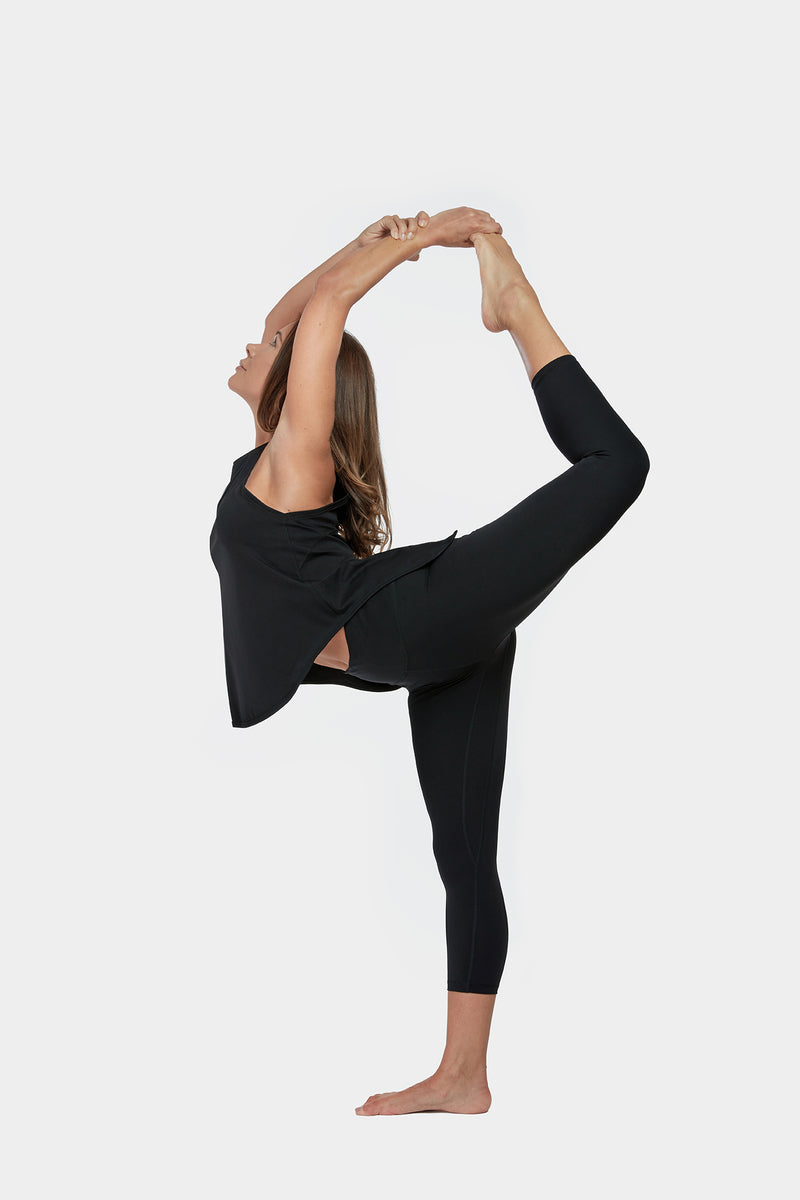How to Choose a Yoga Mat
Yoga mats are a nice addition to your home workouts but you can practise yoga without one. When we are travelling or out and about we often use a towel!
However, if you want to add a layer of comfort to your sessions, a yoga mat can cushion each pose, and although the studios are now open you will need to bring your own mat. Perfect for protecting wrists while in plank pose or downward dog, a yoga mat can enhance your whole yoga experience.

Of course, there are a number of aspects to consider when purchasing a yoga mat. Standard yoga mats are fine but remember to do your research, especially if you are tall or you require a little extra joint support when doing floor-based poses.
Quality - When you're buying a mat, quality is key. A good yoga mat should last for years and a premium quality mat will be durable and look just as good ten years down the line. Your mat has to withstand daily yoga practise not to mention being folded and bent every which way when being transported to yoga classes if you go to a studio.
Thickness - Another factor to consider is thickness. A standard yoga mat is usually 1/8th of an inch thick but you can buy mats that are ¼ of an inch if you want a little extra padding. If you’re practising outdoors, for example, you may welcome a little extra thickness. Most people want a mat that is kind to knees, elbows and wrists but not thick enough to make balancing on one leg in tree pose a challenge. A 1/6th of an inch gives you the best of both worlds.
Texture - The right texture for you will naturally depend on the style of yoga that you practise. For example, if you like hot yoga, you’ll want a mat that provides sufficient traction so opt for a super grippy surface.
Fabric - Now this is an important one. A great yoga mat needs to be sturdy and supportive as a slippy mat is counterproductive to your progress. Fabric also matters when looking for a sustainable, eco-friendly yoga mat. Yoga is a peaceful and restorative pastime so choosing a mat that is constructed in an environmentally friendly way is key. PVC mats will last a lifetime and provide ample stickiness but natural rubber, cork and organic cotton are great for eco-conscious yogis.
Design - Of course, aesthetics isn’t the main concern when choosing a mat but with so many designs and colours available online, you’ll be spoiled for choice.
Budget - Prices vary wildly from cheap to expensive and this of course reflects the quality, the fabric and the brand. The great news is that there is a mat to suit every budget so you’ll have no problem finding something in your price range.
Our favourite brands:
Fable - Wider and longer than standard size mats, the upper layer is non-slip, offering the grippiest of grips even during the sweatiest power yoga classes. Plus they're eco-friendly.
Yogamatters - Eco Cork Yoga Mat is made from cork of Oak trees and natural rubber from sustainable rubber farms. They are free from all toxins and dyes and are great for an all round flow.
